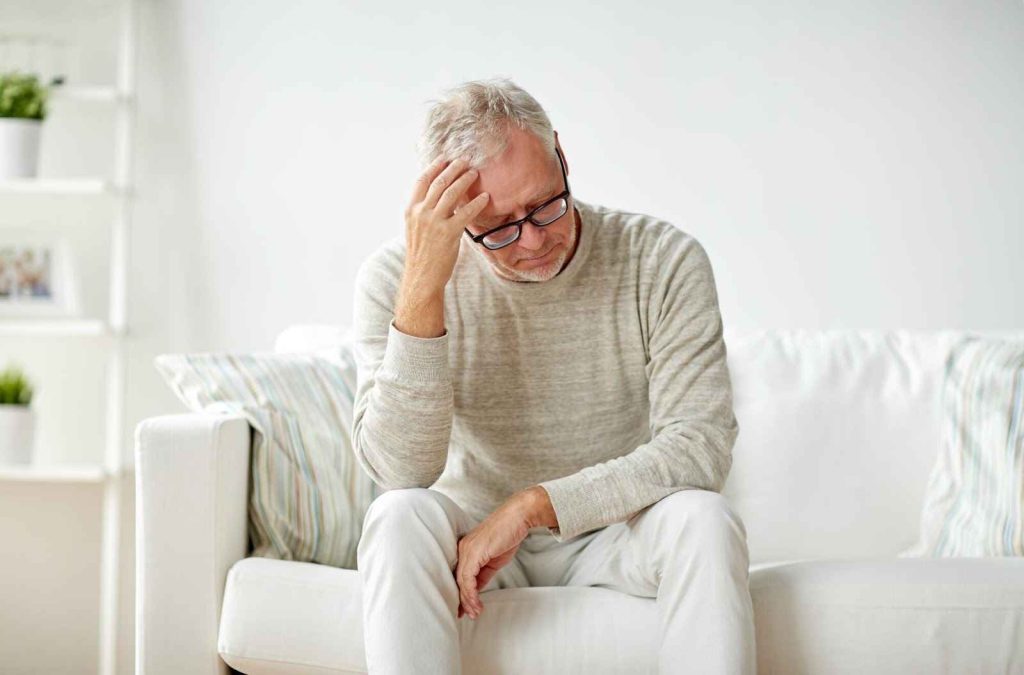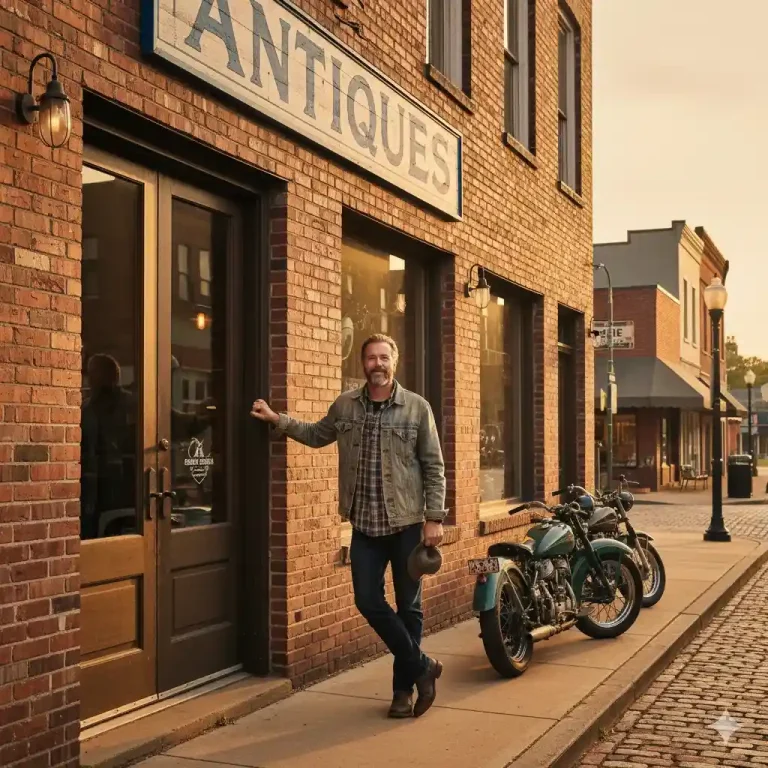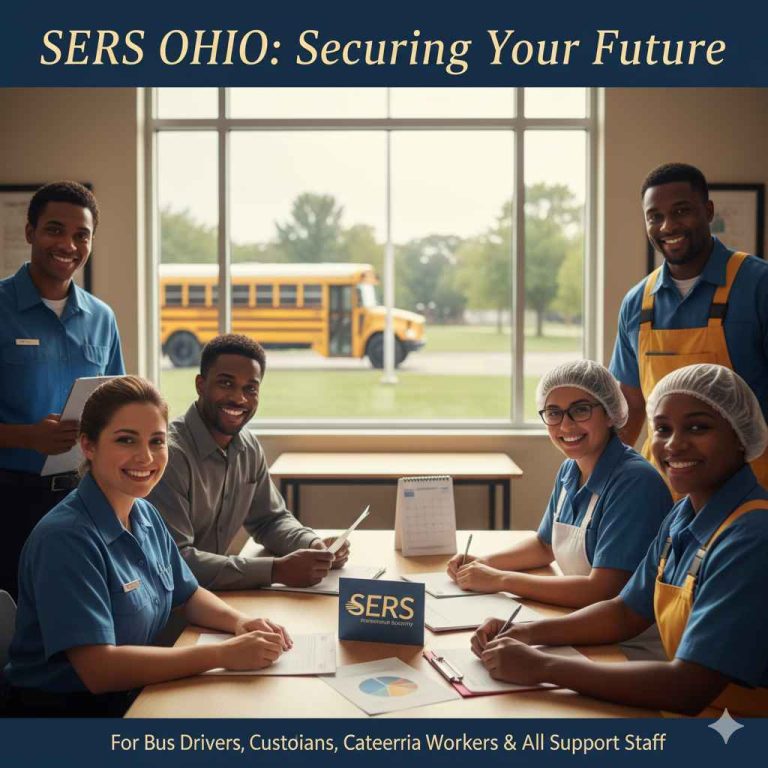Aging in Place: 4 Key Features Every Elderly Home Should Have

As we age, the environment in which we live becomes increasingly important for our safety and well-being. Aging in place is a growing trend that allows seniors to remain in their homes while receiving the support they need.
Creating a home that is both comfortable and safe can significantly impact a senior’s quality of life. Here are the key features that every elderly home should have.
1. Safety Upgrades
Safety should be the foremost concern in any elderly home. A few simple improvements can make a tremendous difference. Here are essential safety upgrades to consider:
- Grab bars in bathrooms and along stairways
- Non-slip flooring to prevent falls
- Improved lighting
- Emergency alert systems for quick access to help
Falls are one of the leading causes of injury among seniors. Homes equipped with safety features can significantly reduce these incidents, giving both seniors and their families peace of mind.
2. Smart Design Elements
Smart design can enhance the functionality of a home for elderly residents. Homes that facilitate easy movement and accessibility are vital for aging in place. Consider these design elements:
- Wide doorways and hallways
- Single-story layouts to avoid stairs
- Open floor plans
- Lever-style door handles instead of knobs
Having these features in place can make daily tasks less challenging and help maintain the independence of seniors. Thoughtful design enables them to navigate their homes without fear of injury.
3. Supportive Technology
In the modern age, technology can provide invaluable support for seniors wishing to age in place. Various technological advancements cater specifically to their needs, including:
- Smart home devices like voice-activated assistants (think Amazon Alexa or Google Home)
- Medical alert systems that monitor health indicators
- Medication management systems
- Smart thermostats and lights for convenient management
Incorporating technology can greatly enhance seniors’ safety, health, and overall lifestyle. Many of these innovations help bridge the gap between independence and required assistance, fostering a sense of security.
4. Community Amenities
Lastly, elderly homes should not only focus on the physical structure but also the community aspects that promote interaction and engagement among residents. Look for some key amenities designed for senior residents.
This can include shared spaces for events and activities, as well as parks or gardens where seniors can spend time outside. Some places also offer wellness programs with fitness classes, health check-ups, and rides for errands or doctor visits.
Seniors who stay socially active often feel happier and healthier. Having these community features can help prevent loneliness and support friendly, healthy connections.
Elderly Home: Creating an Ideal Aging-in-Place Environment
Making a home safe and comfortable for seniors takes planning and care. Whether you’re a business or a family member, it’s important to focus on the key features of an elderly home. These features make life easier and more enjoyable for older adults.
Adding them to a senior’s home can improve their quality of life. It helps them stay independent and live with respect. When families meet their needs, seniors can enjoy their later years with comfort and peace.
Looking for more tips and advice? You’re in the right place! Make sure to bookmark our page and come back to check out more interesting articles.





